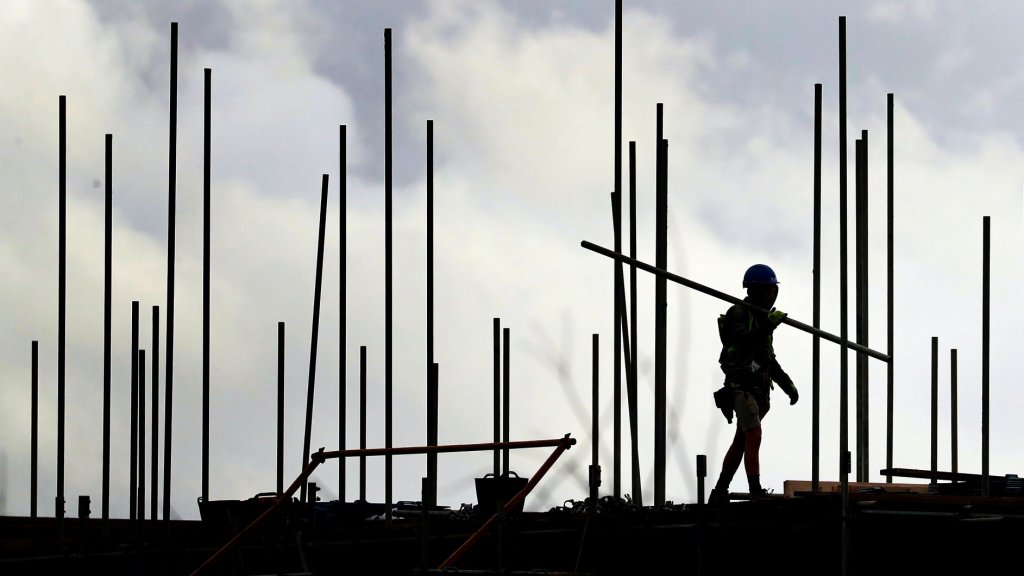
For at least 50 years now, we can see how various industries are adopting automation to help reduce overheads and increase cost efficiencies. There is, however, a price to pay in a human context.
Jobs that were once the preserve of skilled labourers are now being lost to machines. It is estimated, for example, that robots could perform 20 million more factory jobs within the next 10 years. But what about the construction sector? Is automation a threat to jobs here?
The rise of automation in the digital age
In 2016, the World Economic Forum (WEF) spoke of a Fourth Industrial Revolution. This “era”, now fully established, is distinct in that it’ll build on the advances made in the Third like never before.
IT and electronics are already used in combination to automate production on a mass scale thanks to the Third Industrial Revolution. Now, however, the Fourth promises to deliver transformation at an unprecedented speed, on an even larger scale, and with greater impact.
The ethical and existential conversations we’re currently having about automation are looking at the jobs that have been lost – but also the opportunities being created.
Of course, this isn’t much consolation to those workers who find their skills and expertise are no longer needed as automation sweeps in. Car-making, foodservice, logistics, customer service and transportation are some of the sectors where automation is prevalent. So, where does construction fit in?
Automation and the future of construction
As McKinsey points out, automation could have a positive impact on construction – if it’s done in the right way. And it’s perhaps important to understand that ‘automation’ doesn’t mean the large robotic creations that dominate some factory floors.
There is an element that could help perform tasks such as bricklaying. But automation could also mean modular buildings and the digitalisation of planning and project management. And it could lead to improved tools too.
There is a reason, too, why a 2018 Midwest Economic Policy Institute study revealed that just 35% of construction labourer jobs have potential for automation. After all, it takes the human touch and intuition to complete certain tasks.
Can you imagine, for example, a machine being able to apply the correct judgement and measurement when using tools such as blow torches or welding guns? So, perhaps it’s about striking the right balance between man and machine.
How is the industry already changing and automating?
Of course, automation is already at work within the global construction sector. Smart sensors can instruct machines to do things based on the surrounding environment. And one of the big leaps forward – modular construction – is already happening.
For McKinsey, it is believed that 15-20% of all new building construction in the US and Europe will be modular by 2030. If this continues in an upward trend, the amount that needs to be done on site will be reduced.
The long-term scenario for construction workers is not one of replacement, but of refinement. Machines and automation may well take over certain elements of a role. That won’t, however, mean taking over completely. At worst, people will have to learn to work alongside machines. It will certainly be a new way of doing things. And the hope is that it will be all for the better.